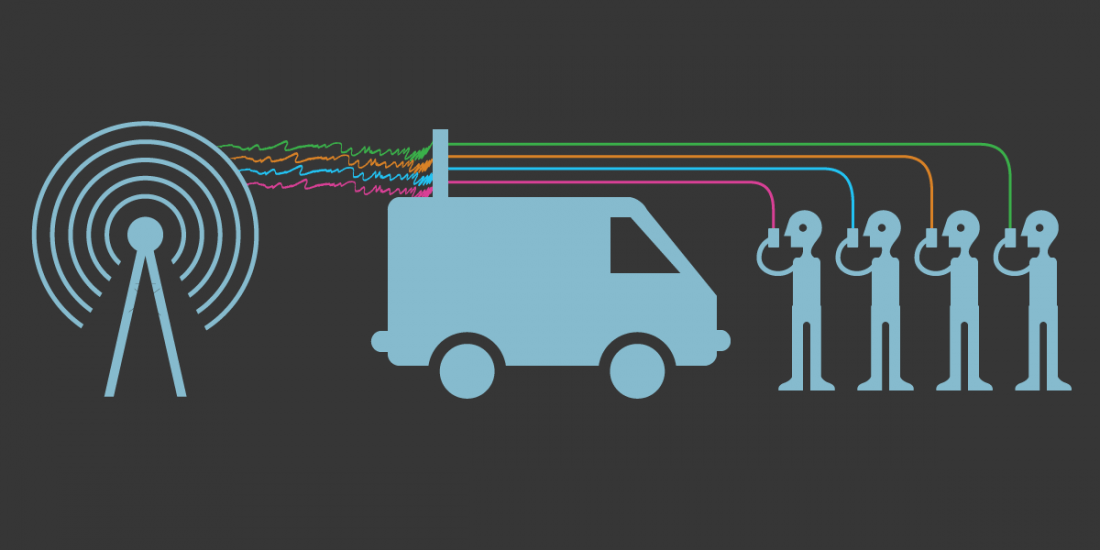The Stingray, known technically as a Cell-Site Simulator, has sparked controversy at every step of its secretive career. The device allows anyone using it to listen in on phone calls, read text messages, and sniff all mobile and location data of cell phone users in its vicinity.
It works by latching on to existing cell towers and then rebroadcasting their signal to unsuspecting users around it. Cell phones can't detect if they are talking to the real cell tower or the Stingray, so this makes it perfect for a man-in-the-middle attack by police or government agencies looking to gather information about a particular group.
Naturally, the power to digitally wiretap a phone should come with strict legal requirements, but that hasn't always been the case. There have been numerous documented cases of police departments using them on crowds without a warrant. In an effort to regulate these devices, the House and Senate Oversight Committees have introduced bills requiring a warrant in order to use the Stingray device.
The call to action was brought up last year, but the first bills were introduced this week. The Geolocation Privacy and Surveillance (GPS) act would require a warrant for all domestic law enforcement agencies to track the location and movement of individual Americans. While this legislation is focused on location tracking and not so much on data collection, it's a step in the right direction.
Mobile technology evolved much faster than the legislation regulating it. With these newly proposed bills, the DOJ's guidelines would become statutory requirements and not just a piece of paper. Police departments would need to get a warrant to use the device instead of just being able to use them on a whim. As one representative put it "this bill sets out clear rules to make sure our laws keep up with the times."
